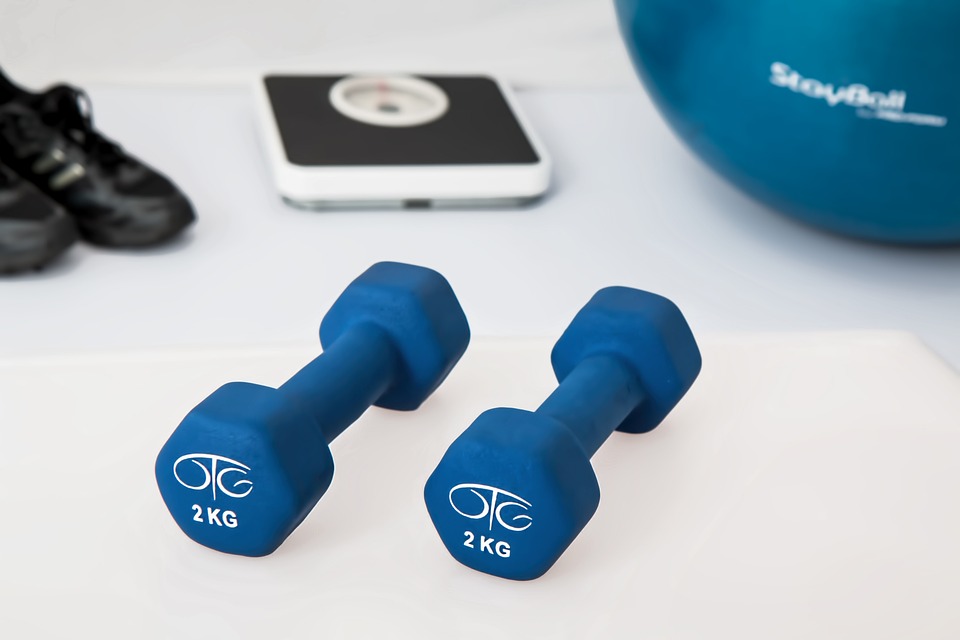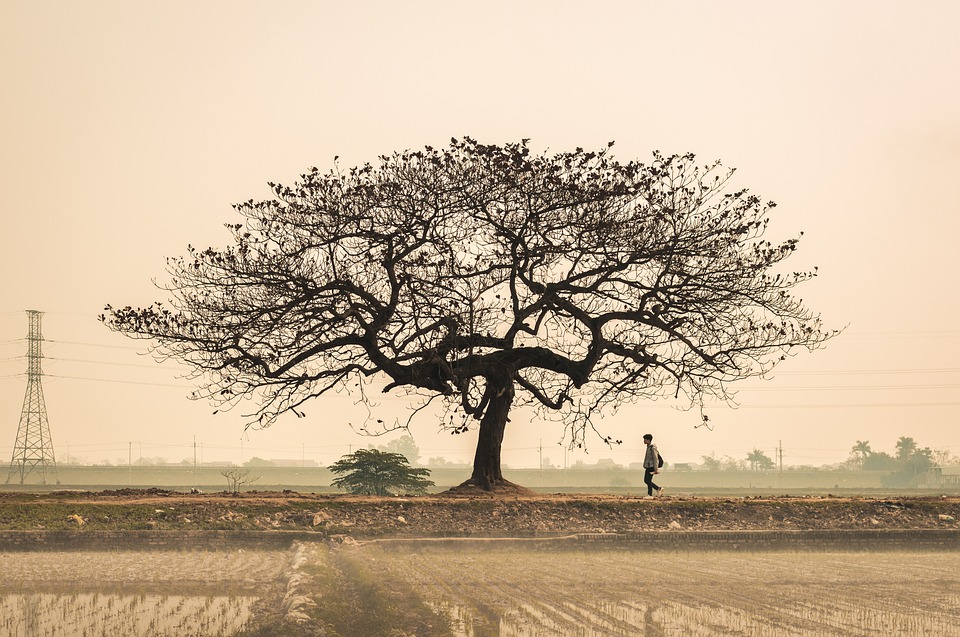The Brick Tower Revolution: How a 3.5km Structure Could Change the Face of Urban Planning
Imagine a city where skyscrapers and high-rises are a thing of the past, replaced by a single, massive structure that stretches 3.5 kilometers into the sky. Sounds like science fiction, right? But what if we told you that this concept is not only possible but also on the verge of becoming a reality?
Meet the Brick Tower, a revolutionary urban planning project that aims to transform the way we design and live in cities. This gargantuan structure, proposed by a team of architects and engineers, would be a self-sustaining, eco-friendly hub that combines residential, commercial, and recreational spaces in a single, towering entity.
What is the Brick Tower?
The Brick Tower is a massive, 3.5-kilometer-tall structure that would be built using a combination of traditional building materials and cutting-edge technology. The tower would be composed of interlocking, hexagonal modules made of reinforced concrete, with each module measuring 10 meters in diameter and 20 meters in height. The modules would be stacked on top of each other, forming a sturdy and stable structure that would be able to withstand extreme weather conditions and seismic activity.
How would the Brick Tower work?
The Brick Tower would be designed to be a self-sustaining ecosystem, with its own power generation, water management, and waste recycling systems. The tower would be powered by a combination of solar panels, wind turbines, and geothermal energy, making it virtually energy-independent. The water management system would collect and recycle rainwater, greywater, and blackwater, reducing the tower’s water consumption to almost zero.
The tower would also feature a sophisticated waste management system, which would sort and process waste in real-time, minimizing the amount of waste sent to landfills. The system would also generate biogas, which would be used to power the tower’s energy needs.
What are the benefits of the Brick Tower?
The Brick Tower would offer numerous benefits to its inhabitants and the surrounding community. Some of the key advantages include:
- Sustainable living: The Brick Tower would be a model of sustainability, with its own energy generation, water management, and waste recycling systems.
- Increased density: The tower would allow for a significant increase in population density, reducing the need for sprawl and preserving green spaces.
- Improved air quality: The tower’s energy-efficient design and waste management system would reduce air pollution and improve overall air quality.
- Enhanced community: The Brick Tower would be designed to foster a sense of community, with shared public spaces, recreational areas, and social amenities.
What are the challenges of building the Brick Tower?
While the Brick Tower is an innovative and exciting concept, there are several challenges that need to be addressed before it can become a reality. Some of the key challenges include:
- Cost: Building the Brick Tower would require significant investment, with estimates suggesting that the project could cost upwards of $10 billion.
- Logistics: Constructing a structure of this magnitude would require careful planning and coordination, with multiple stakeholders and regulatory bodies involved.
- Environmental impact: The tower’s impact on the surrounding environment would need to be carefully assessed and mitigated, with measures in place to minimize disruption to local ecosystems.
Image:
[Insert image of the Brick Tower, with a cityscape in the background]
FAQs:
Q: How tall would the Brick Tower be?
A: The Brick Tower would be approximately 3.5 kilometers tall.
Q: What would the Brick Tower be used for?
A: The Brick Tower would be a mixed-use development, featuring residential, commercial, and recreational spaces.
Q: How would the Brick Tower be powered?
A: The Brick Tower would be powered by a combination of solar panels, wind turbines, and geothermal energy.
Q: Would the Brick Tower be safe?
A: Yes, the Brick Tower would be designed to withstand extreme weather conditions and seismic activity, with multiple safety features and emergency response systems in place.
Q: How would the Brick Tower impact the surrounding community?
A: The Brick Tower would be designed to enhance the surrounding community, with shared public spaces, recreational areas, and social amenities.
Q: When could the Brick Tower be built?
A: The Brick Tower is still in the conceptual phase, with construction potentially starting in the next 5-10 years.
Q: Who is behind the Brick Tower project?
A: The Brick Tower project is being led by a team of architects and engineers from a leading international design firm.



